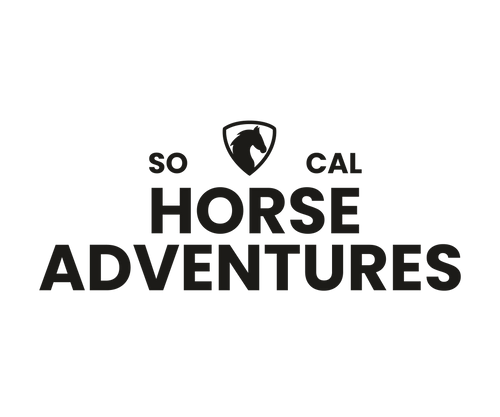What is Flatwork? A Foundation for Every Discipline
Flatwork is the foundation of nearly every equestrian discipline, including dressage, show jumping, eventing, and even trail riding. Simply put, flatwork is training that takes place on a flat surface without jumping or obstacles, focusing on developing a horse’s strength, balance, responsiveness, and flexibility. While it may not have the excitement of jumping or the elegance of dressage tests, flatwork is crucial for building a well-rounded and capable horse.
This blog will explore what flatwork entails and provide examples of different training sessions to help you incorporate it into your routine.
What is Flatwork?
Flatwork focuses on refining the basics of a horse’s movement and the partnership between horse and rider. Key components include:
- Balance: Teaching the horse to carry itself evenly and engage its hindquarters.
- Rhythm: Encouraging a steady tempo in all gaits.
- Suppleness: Improving the horse’s ability to bend and move fluidly through its body.
- Contact: Establishing a soft, consistent connection between the horse’s mouth and the rider’s hands.
- Responsiveness: Ensuring the horse listens to and reacts promptly to the rider’s aids.
Flatwork isn’t just for beginners or dressage riders—it’s an essential part of training for horses in any discipline.
Flatwork Training Sessions: Examples
Below are three examples of flatwork sessions for different goals. Adjust these exercises based on your horse’s fitness level and training stage.
Session 1: Building Strength and Balance
Goal: Develop the horse’s ability to balance and engage its hindquarters.
-
Warm-Up:
- Begin with 10 minutes of free walk on a long rein.
- Transition between working trot and walk every 5 strides to encourage engagement and focus.
-
Exercise 1: Transitions Within Gaits
- At the trot, alternate between a working trot and a more collected trot every 10 strides.
- Repeat in the canter, asking for a more engaged, slower stride, then allowing the horse to lengthen.
-
Exercise 2: Circles and Spirals
- Ride a 20-meter circle at the trot. Gradually spiral in to a 10-meter circle, then back out to 20 meters.
- Focus on maintaining rhythm and balance throughout.
-
Cool-Down:
- Finish with 5 minutes of free walk, encouraging the horse to stretch its neck and back.
Session 2: Improving Suppleness and Flexibility
Goal: Enhance lateral flexibility and overall suppleness.
-
Warm-Up:
- Start with a relaxed walk, incorporating changes of direction.
- Transition between walk, trot, and canter to engage the horse’s body.
-
Exercise 1: Leg Yields
- From the centerline, ask for a leg yield toward the rail at the walk, then at the trot.
- Focus on keeping the horse straight and moving laterally off your leg.
-
Exercise 2: Shoulder-In
- On a long side, ask for a shoulder-in at the trot.
- Ensure the horse is bending around your inside leg while maintaining forward movement.
-
Exercise 3: Serpentines
- Ride a three-loop serpentine at the trot.
- Maintain even bend and rhythm through each change of direction.
-
Cool-Down:
- Encourage the horse to stretch in a long, low trot followed by a relaxed walk.
Session 3: Developing Responsiveness and Focus
Goal: Sharpen the horse’s reaction to aids and improve adjustability.
-
Warm-Up:
- Begin with walk-trot-walk transitions, ensuring prompt responses to aids.
- Incorporate changes of direction to engage the horse’s attention.
-
Exercise 1: Halt to Canter
- From the walk, halt squarely, then ask for a canter transition.
- Repeat on both reins, ensuring the horse stays balanced and listens.
-
Exercise 2: Canter Poles
- Place 3-4 ground poles in a straight line at canter stride distances.
- Practice adjusting stride length to fit more or fewer strides between poles.
-
Exercise 3: Figure-Eights
- Ride a figure-eight pattern at the canter, incorporating flying or simple changes through trot.
- Focus on maintaining rhythm and balance through each turn.
-
Cool-Down:
- End with a long rein walk, allowing the horse to relax and stretch.
Final Thoughts
Flatwork is much more than just riding around the arena—it’s about refining your horse’s movements, improving communication, and laying the groundwork for advanced training. Whether your goal is to excel in show jumping, dressage, or simply enjoy a better ride, incorporating thoughtful flatwork sessions into your routine is the key to success.
Try these sessions and watch as your horse becomes more balanced, supple, and responsive, setting the stage for progress in every aspect of your riding journey.
